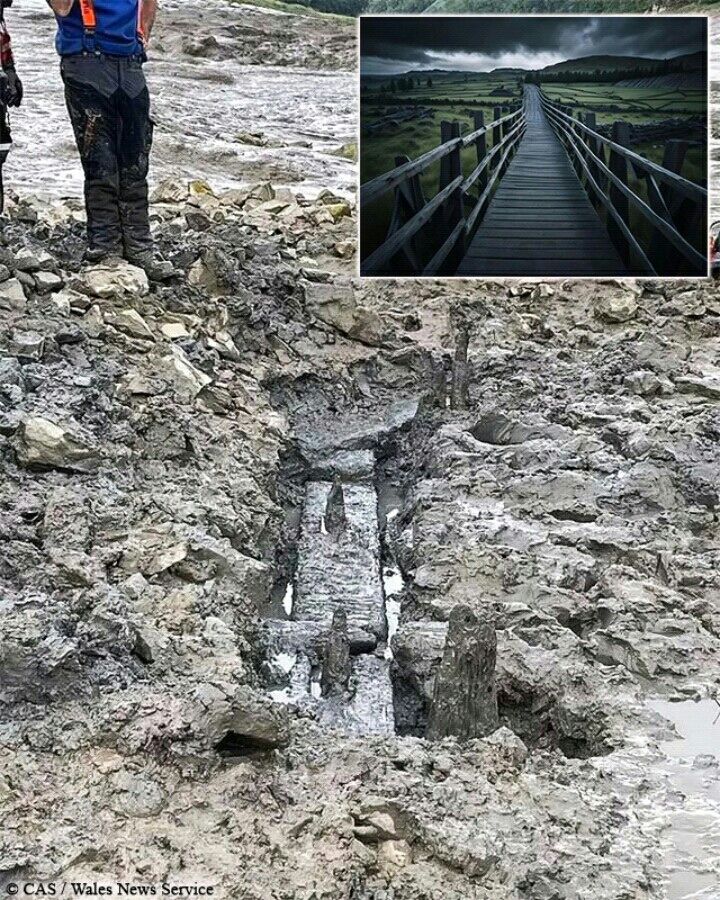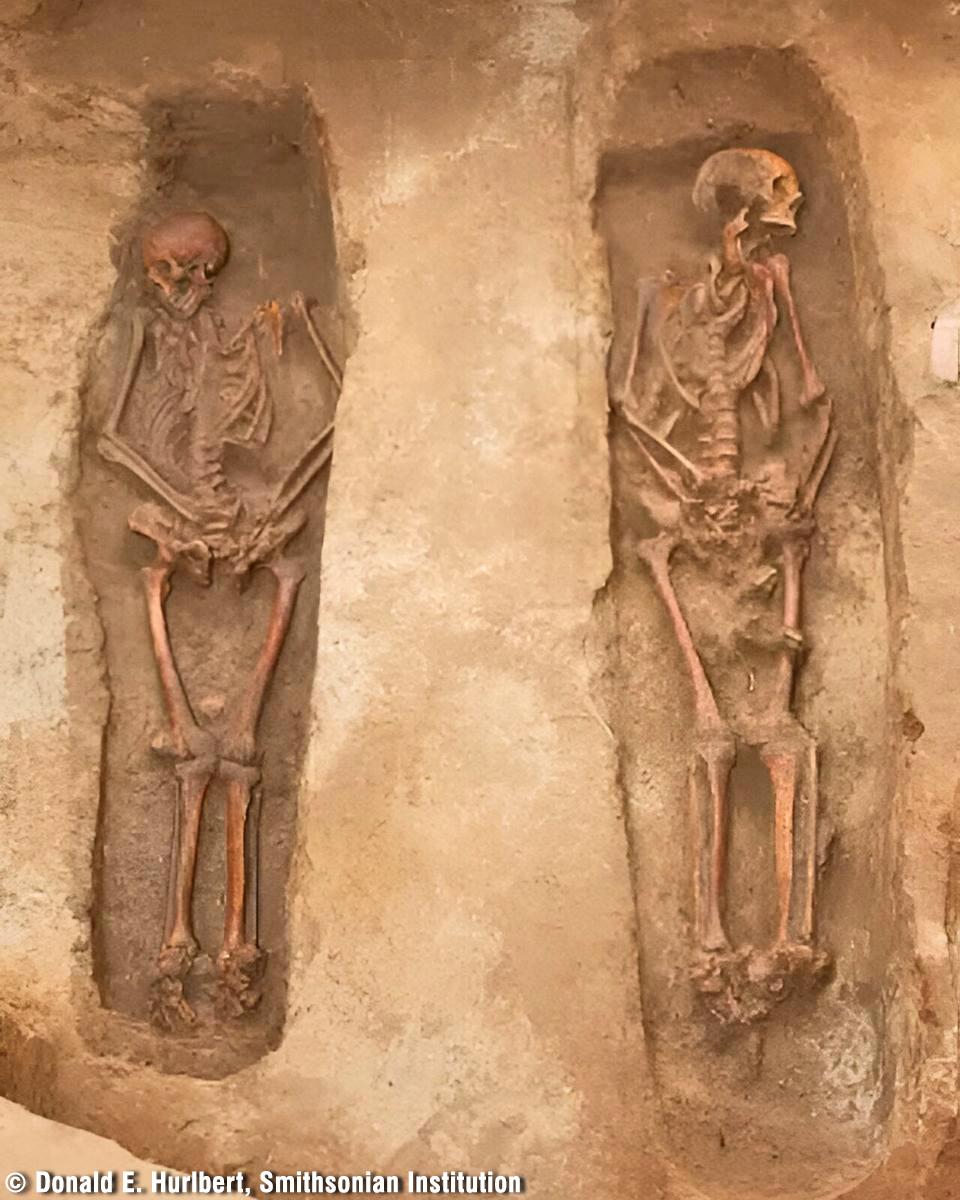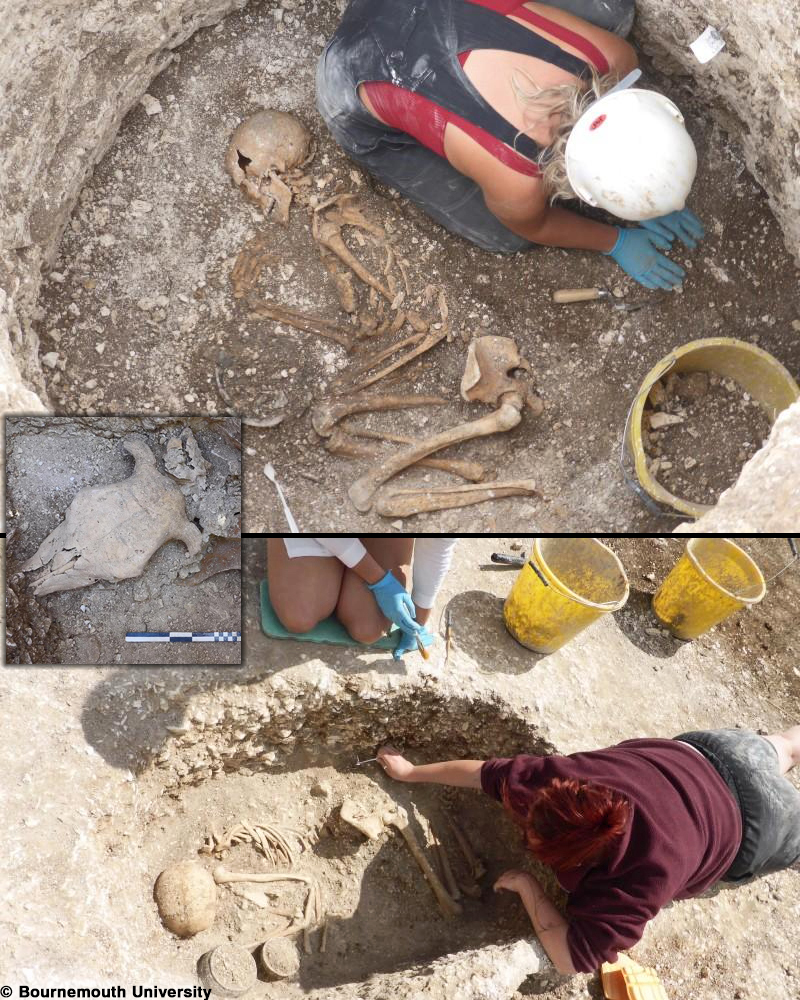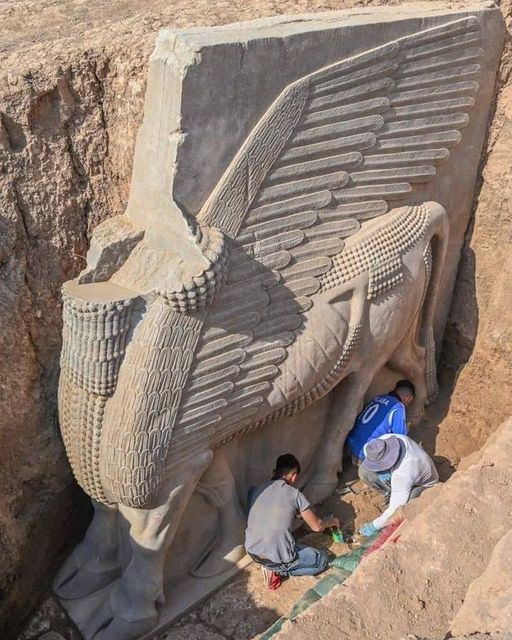On Olympic National Park’s west side, where some 12 feet of rainwater falls annually, you can explore Hoh, Quinault, Queets and Bogchiel rain forests.
Are there rainforests in the United States? Yes! The west-side area of Olympic National Park in Washington is one of the best places in the world to see four temperate rainforest ecosystems.
How Many Rainforests Are in Olympic National Park?
The park’s four rainforests are part of a huge Pacific Northwest rainforest that once stretched from Oregon’s southern coast to southeastern Alaska. Because of development, very few temperate rainforests outside of Olympic National Park exist along this stretch today.
But what makes a temperate forest? Rain. Rain. And more rain ⎯ 12-14 feet per year, to be exact in Olympic. Climate also is important. In Olympic, temperatures rarely drop below freezing or go above 80F, enabling an incredibly unique ecosystem to grow. Mosses, ferns, Douglas fir, red alders, Western hemlocks and Sitka spruce thrive in temperate rainforests, as do epiphytes, which are plants growing on other plants. Cat-tail moss and licorice ferns are two types of epiphytes you will find in Olympic.
Another characteristic of temperate rainforests are nurse logs, which are the remnants of downed trees. As you walk through the forest, stop and examine the nurse logs along the trails. They become vibrant places for seeds to grow, small mammals to live and insects to burrow.
Hoh Rain Forest

It’s well worth the two-hour drive from Port Angeles ⎯ or the less than an hour drive from Forks ⎯ to see the Hoh Rain Forest.
You can explore the Hoh Rain Forest by foot on a variety of trails for different abilities. On these trails, you’ll discover moss and ferns carpeting the forest floor with towering conifers, bigleaf maple and vine maple trees creating a dense canopy overhead.
A paved trail is .1 miles into the old growth forest. For those wanting to stretch their legs a bit more, try the .8-mile loop called the Hall of Mosses or the 1.2-mile Spruce Nature Trail that goes to the Hoh River. For a much longer hike, try the South Snider-Jackson trail that is 11.8 miles and climbs 2,700 feet through the forest before dropping down to the Bogachiel River. Be aware that heavy rain and snowmelt make river crossings extremely dangerous, so check with the visitor center before you head out.
Quinault Rain Forest

Quinault Rain Forest is home to the world’s largest Sitka spruce tree that is more than 1,000 years old. It’s 191-feet-high with a 96-foot spread. Quinault also has several waterfalls that are very accessible from the road, including Merriman Falls along the South Shore Road.
Quinault is located in the southwestern area of the park about a three-hour drive from Port Angeles and one hour from Forks. It’s also a jumping off point for hikers and backpackers wanting to explore the park’s peaks and alpine lakes.
While views of Lake Quinault and the forest are beautiful, be sure to get out of your car to experience Quinault’s Rain Forest. You may even catch sight of a marmot or of the many birds that live in this beautiful, lush forest.
You’ll find the Quinault Rain Forest Ranger Station along the North Shore Road. Take the bridge across from the ranger station and walk the Maple Glade flat loop. It’s only a half-mile, but it brings you through a mossy bigleaf male grove.
Two miles up North Shore Road from Highway 101, you’ll find a trailhead from which you can walk to a large cedar tree. The Quinault Big Cedar trail is .2 miles long with 80 feet gain in elevation. Or stop at the Graves Creek trailhead and take the flat 1-mile Cascading Terraces loop through the forest along East Fork Quinault River at Graves Creek.
To see the world’s largest Sitka spruce, take US Highway 101 to the junction with South Shore Road. Turn east on South Shore Road and travel 3.2 miles to the Big Spruce Trailhead. Parking is on the right. The trailhead is across the road.
Lake Quinault’s north shore is in Olympic National Park while the south shore is managed by the forest service, so be aware that your park pass is not transferable to the forest service fee stations.
Queets Rain Forest

With fewer visitors traveling more than 11 miles of curvy road to get to Upper Queets, you won’t find crowds on the trails here in the southwestern part of the park. A major landslide in 2005 severely damaged the Lower Queets Road, so you can only drive to Matheny Creek. Beyond there, it is closed. Park officials have closed the area within 1/4 mile of the land slide to the public due to unsafe conditions.
To access the upper valley, you can take a network of forestry roads. Take road 21 off of Highway 101. This network of roads are also active logging routes. Do not bring a trailer or RV on this route. Learn more about access to Queets.
For a shorter hike, take Sam’s River Loop, a flat 2.8-mile loop. For a more rigorous hike, go for as a long as you want on the 16.2-mile Queets River Trail. However, you do need to ford Sam’s River and then the Queet’s River to go up the trail. These crossings can be dangerous, so park officials advise hikers to wait until late summer or early fall and to avoid doing this if a storm is coming in. Storms can make the river swell and trap you on the wrong side of the river. They also advise using a sturdy pole and crossing in the morning when flows can be lower.
Bogachiel Rain Forest

Hanging mosses, old-growth cedar and spruce trees, along with ferns and wetlands help make the Bogachiel Rain Forest a lush, green wonderland.
The beautiful Bogachiel Rain Forest can be accessed by a trailhead in Olympic National Forest, but Bogachiel Rainforest Trail #825 wanders into Olympic National Park after 1.6 miles. What’s interesting is this trail is part of the Pacific Northwest Scenic Trail that runs nearly 1,200 miles to Glacier National Park. But no need to hike a thousand miles. The Ira Spring-Wetland Loop is a 2.9 mile loop. That takes you through a fern forest and a wetland overlook.
To get to the trailhead from Forks, travel US 101 five miles south to Undi Road, which is milepost 186. Turn east and travel five miles to the trailhead. The last two miles is F.S. Road 2932, a 1.5-lane gravel road.
Need an Olympic National Park map? Buy the National Geographic Trailcs Illustrated Olympic National Park map at REI.com. The map includes clearly marked trails and points of interest such as scenic views, campgrounds, trailheads, boat launches, picnic sites, ranger stations and more printed on waterproof, tear-resistant material.










